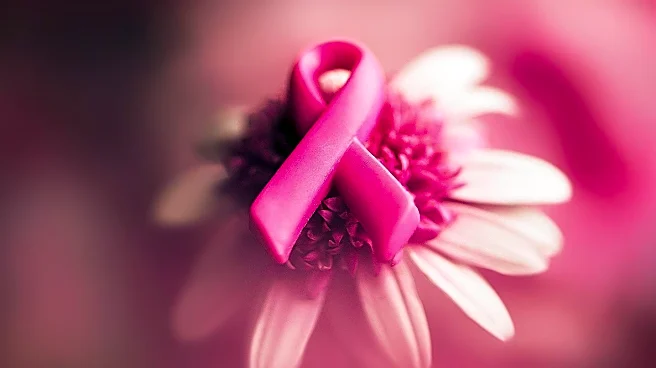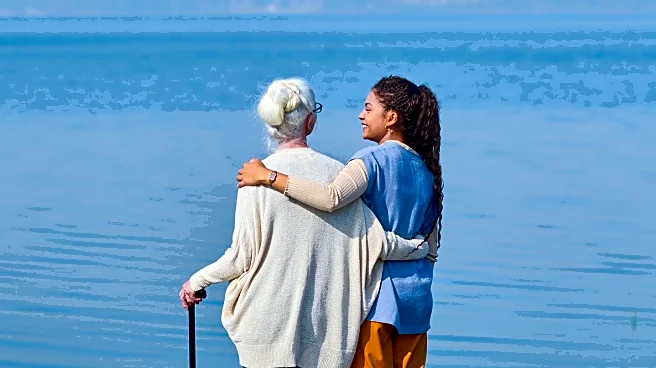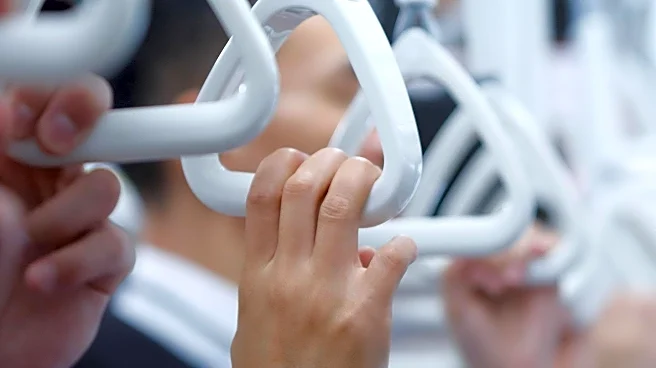What's Happening?
Sarezah Lake, a mother of three from Layer de la Haye near Colchester, underwent significant weight loss, shedding 19 stone (120kg) before being diagnosed with acute myeloid leukaemia, a form of blood cancer. Her diagnosis came after complications from skin removal surgery in 2020. Lake's blood counts did not recover well post-surgery, leading to the discovery of her cancer. She has since undergone two years of treatment, including four rounds of chemotherapy, and is now in remission. Lake has written a book about her experiences, titled 'Fight to Live', and is actively encouraging people from minority ethnic backgrounds to join the stem cell register, highlighting the challenges faced by patients from diverse backgrounds in finding matching donors.
Why It's Important?
Lake's story underscores the critical need for diverse representation in stem cell donor registries. According to the charity Anthony Nolan, only 16% of registered donors are from non-white European backgrounds, making it difficult for patients like Lake, who have rare tissue types, to find matches. Her advocacy is crucial in raising awareness and potentially increasing donor registration among minority groups. This could significantly impact the lives of many patients who struggle to find compatible donors, thereby improving survival rates and treatment outcomes for those with blood cancers.
What's Next?
Lake continues to work with charities like Anthony Nolan to promote stem cell donation awareness. Her efforts aim to increase the number of registered donors from minority backgrounds, which could lead to more successful matches for patients in need. Additionally, her book serves as a platform to share her journey and inspire others to contribute to this life-saving cause.
Beyond the Headlines
Lake's journey highlights the intersection of health, ethnicity, and medical treatment accessibility. Her story brings attention to the broader issue of healthcare disparities faced by minority groups, emphasizing the need for inclusive medical research and resources. It also raises ethical questions about the availability and accessibility of life-saving treatments for all demographic groups.











